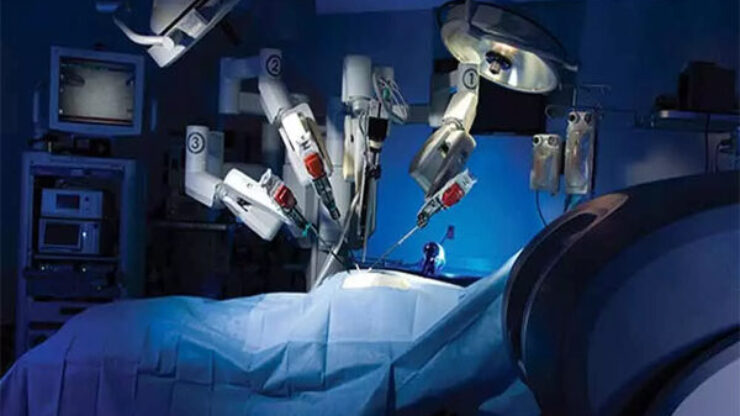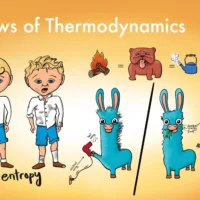In a world-first, a surgical robot has not only removed gallbladders entirely on its own, but it also did so while listening and responding to spoken commands — like a junior surgeon learning from their senior. Except, this junior is made of metal and wires, and it doesn’t blink.
The breakthrough came from a team led by Ji Woong “Brian” Kim, and it’s being hailed as a milestone in surgical autonomy. Until now, surgical robots mostly relied on rigid, pre-programmed actions. But this one? It learned by watching. Then, it listened. Finally, it adapted.
And when something went wrong — like an unexpected tissue shift or a new color added to confuse its visual system — it didn’t panic. It made a decision, recalibrated, and carried on. Just like a real surgeon would.
“This is a major leap from earlier robotic systems,” Kim said. “We’re not just automating one step — we’re showing that autonomous surgery is actually viable in the real world.”
How Did They Teach It Surgery?
The idea of training a robot to perform a full-on surgery sounds unbelievably hard. It’s not just about showing it what to cut — it needs to know what not to touch (like major blood vessels), where to place clips, how deep to make an incision, and how to recover when things go off track.
As Dr. Mathias Unberath from Johns Hopkins put it bluntly:
“How do you even write that in code?”
Well, instead of spelling it all out line-by-line, the researchers turned to imitation learning — letting the robot watch human surgeons do the procedure through annotated video tutorials.
Under the supervision of Professor Axel Krieger, the robot learned by watching humans perform gallbladder removals (cholecystectomies) on pig cadavers. That’s no walk in the park — it involves 17 complex steps like locating and identifying tissues, making accurate incisions, placing clips, and more.
Yet after the training, the robot — known as SRT-H (Surgical Robot Transformer-Hierarchy) — pulled it off eight times in a row. Fully autonomous. No human intervention. And it didn’t just repeat a routine — it actually thought on the spot.
Not a GPS, But a Self-Driving Surgeon
What sets SRT-H apart from previous surgical bots is that it’s not simply following a script.
Krieger compared older models to a robot driving a fixed route on a GPS map. But SRT-H? It’s more like a driver that figures things out in real time — taking detours, dodging potholes, and handling rain on a dirt road.
Thanks to language-based AI (similar to the tech behind ChatGPT), the robot could even follow spoken instructions mid-surgery like “move your arm a little to the left.” It didn’t just obey — it learned from it. The ability to combine natural language with hands-on precision makes this system an incredibly powerful assistant — or perhaps one day, a full-fledged surgical operator.
Even Curveballs Couldn’t Stop It
To really test the robot’s skill, the team started messing with it — shifting its position mid-procedure, or changing tissue colors using dyes. These curveballs would throw off most systems trained in fixed conditions.
But SRT-H adapted instantly, corrected its movements, and carried on. That’s huge, because real surgeries are never predictable. Human bodies are messy. Things move. Blood gets in the way. Lighting changes.
And yet, this robot handled it all.
“This shows that complex surgeries can be done autonomously,” said Krieger. “This system isn’t just smart — it’s resilient.”
Robots in Surgery: No Longer Sci-Fi
We’re entering a world where AI-powered machines can perform complete surgical operations — no joystick, no direct control, just learning, planning, and responding like a human in the OR.
“What used to feel like science fiction is now very real,” said Kim. “Autonomous surgical systems are no longer a future goal — they’re happening now.”
Sure, it’s still early days. The surgeries were done ex vivo (outside the body) and on pig organs. But as a proof-of-concept? It’s solid, and it opens a path toward fully autonomous human surgeries in the not-so-distant future.
One thing's clear: surgery will never be the same again.
Reference:
SRT-H: A hierarchical framework for autonomous surgery via language-conditioned imitation learning
https://doi.org/10.1126/scirobotics.adt5254
Published In Science Robotics


















